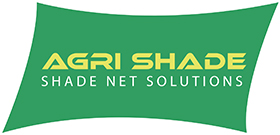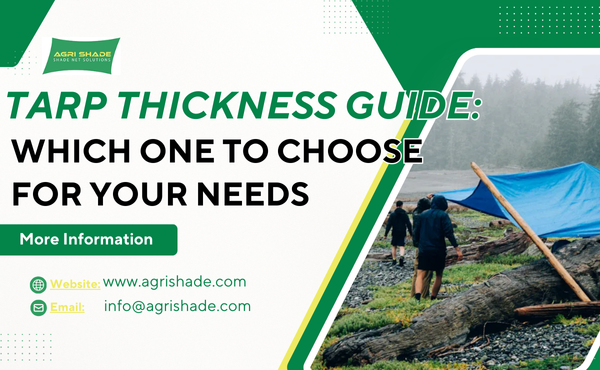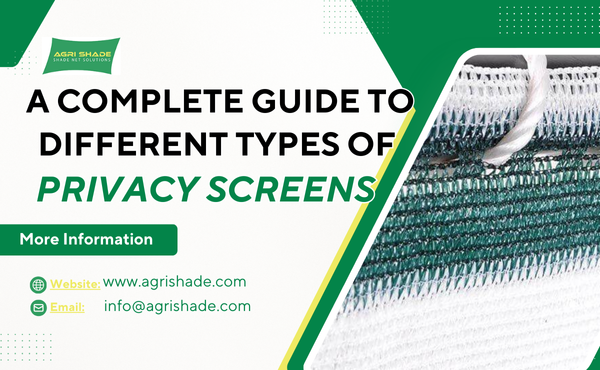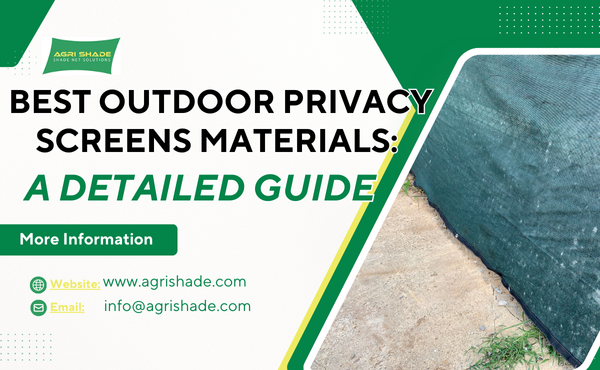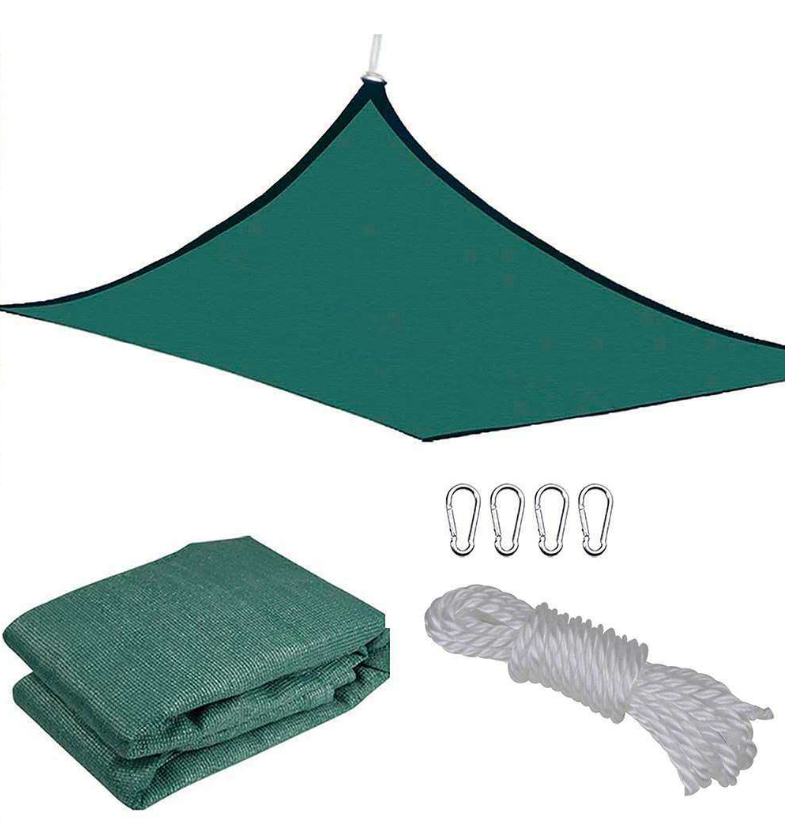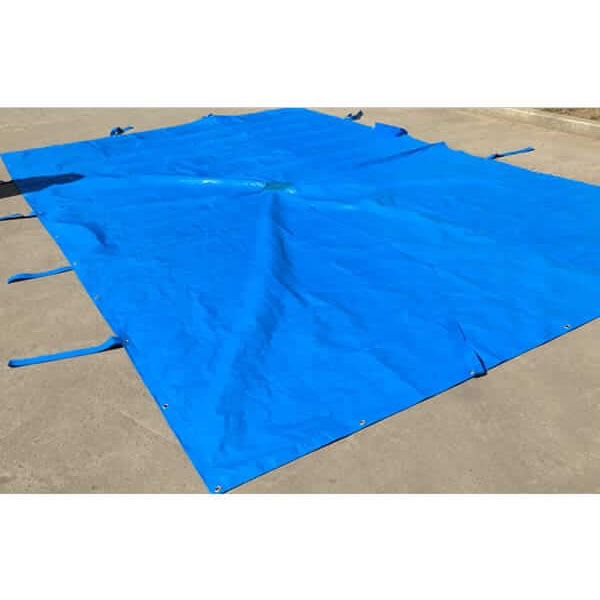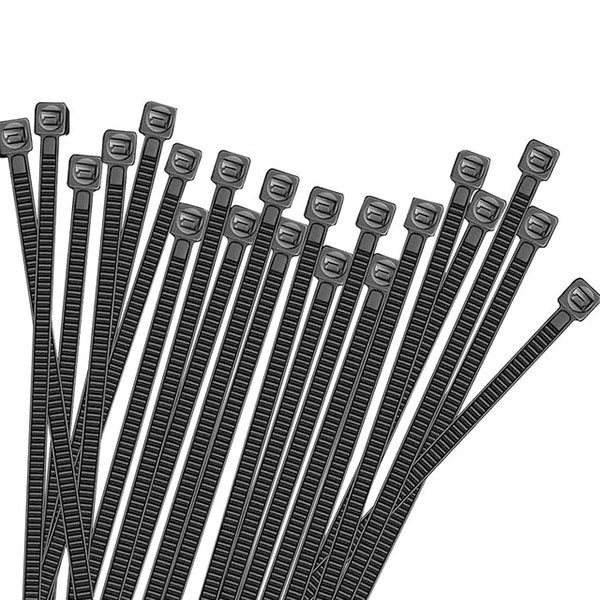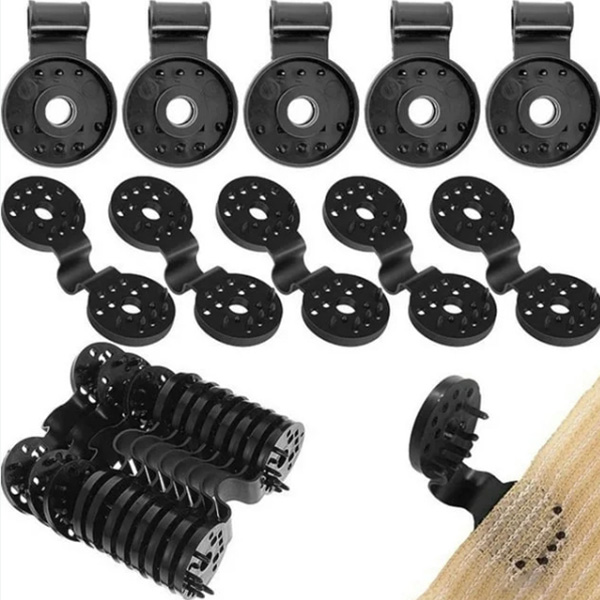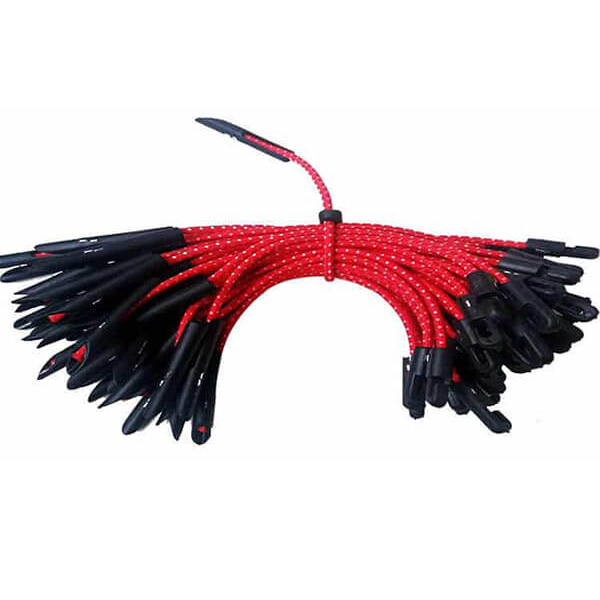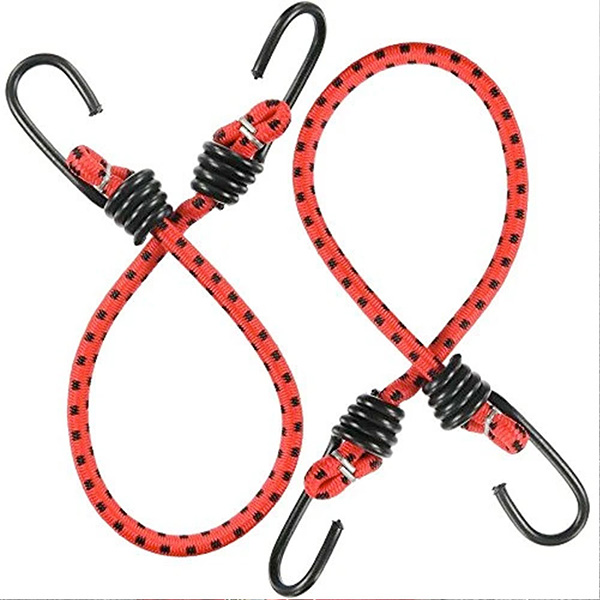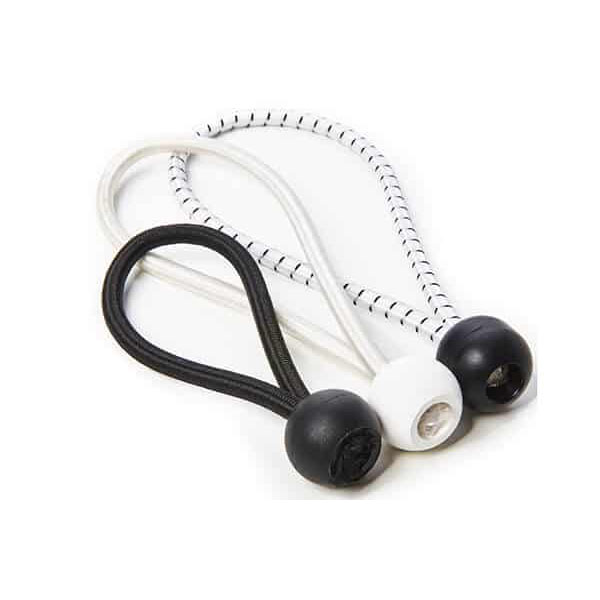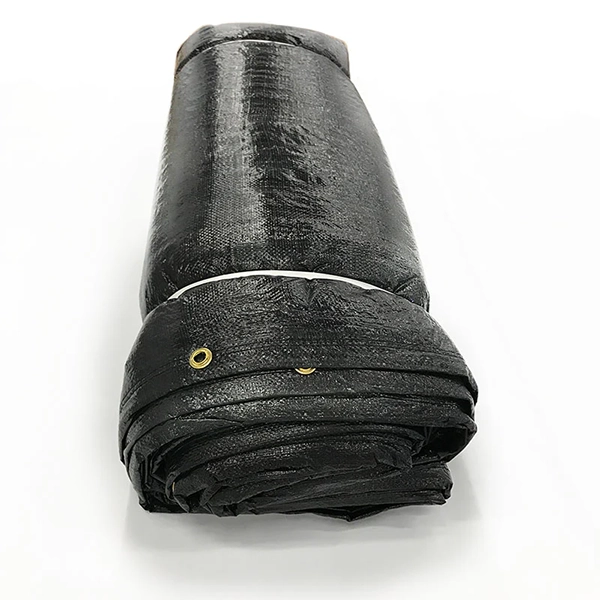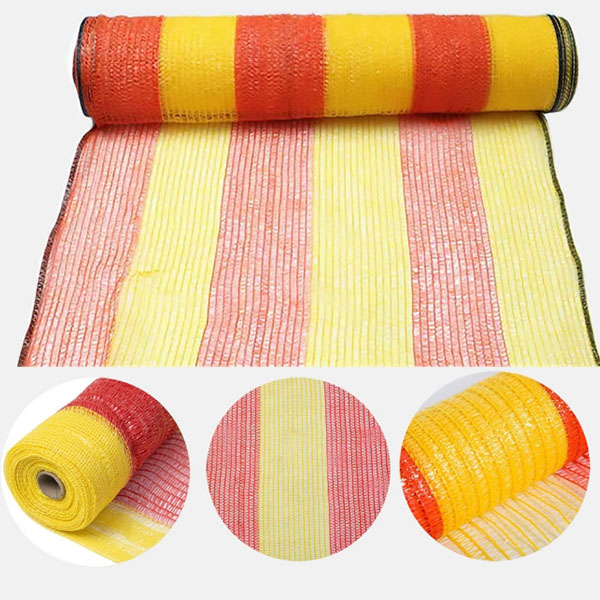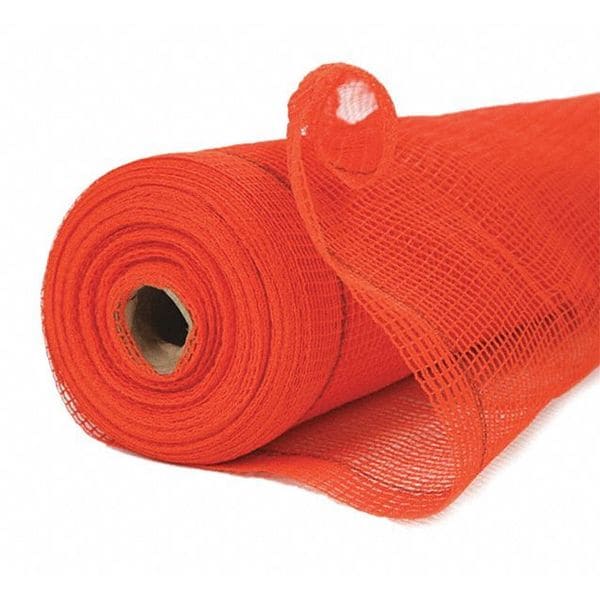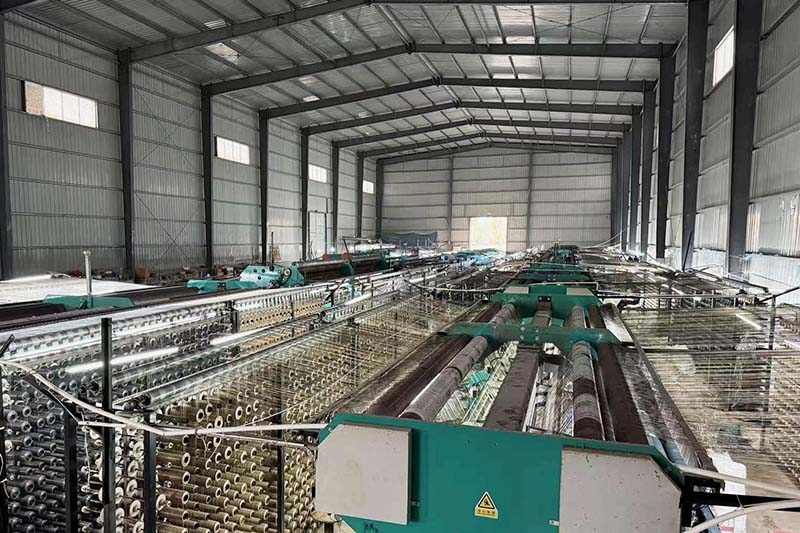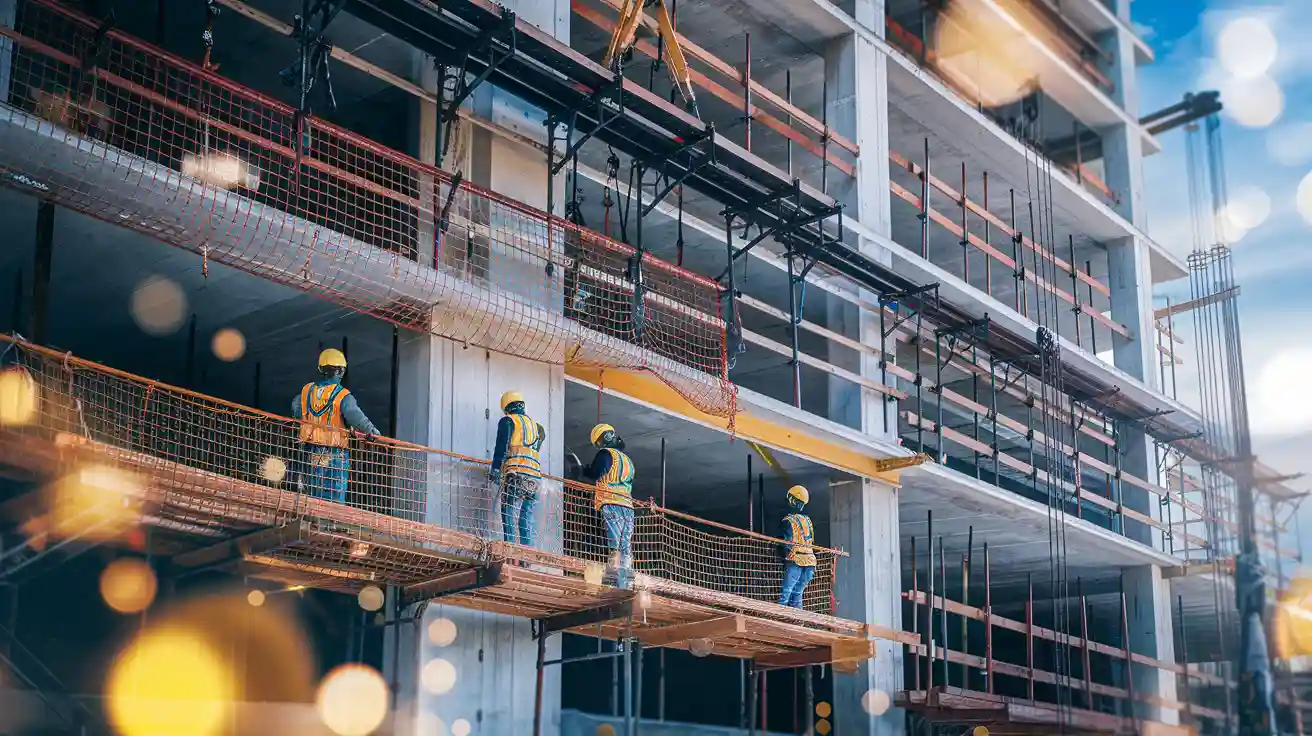
What is a Safety Net
A safety net is a high-strength protective system designed to prevent injuries from falls in workplaces with elevated risks, such as construction sites, industrial facilities, and sports arenas. Unlike basic fall protection equipment, safety nets are engineered to catch workers or objects safely, absorbing impact and minimizing the risk of serious accidents.
Made from durable materials like nylon or polyester, safety nets can withstand harsh conditions while distributing the force of a fall evenly. Implementing safety nets as part of a comprehensive industrial fall protection system not only ensures compliance with OSHA and height safety regulations but also significantly reduces workplace hazards and potential liabilities.
How Do Safety Nets Work
Safety nets work by effectively absorbing and distributing the force of a fall across the net’s structure, providing reliable fall protection for elevated work areas. When a person or object falls into the net, the durable fibers stretch slightly, lowering the impact on the body or equipment. Proper installation is crucial: nets must be anchored securely to support structures to maintain stability under sudden loads.
Routine inspections and maintenance prevent wear and tear from compromising performance. By combining strong materials, correct safety net installation practices, and regular checks, safety nets offer an effective solution for preventing workplace fall injuries in industries like construction, warehousing, and sports training.
Types of Safety Nets
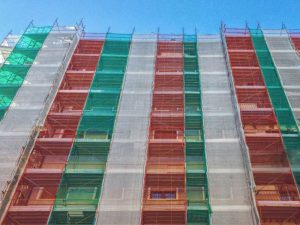
Debris Netting
Debris netting catches falling materials on construction sites. Workers install these nets around scaffolding or building edges. The netting prevents tools, bricks, and other objects from hitting people below.
Debris netting uses strong synthetic fibers. The mesh size allows air to pass through but stops debris. Some sites use two-ply netting systems for extra strength.
Fall Protection Nets
Fall protection nets, also called personnel nets, save lives by stopping workers from falling. These Safety Nets stretch below work areas at height. The nets absorb impact and reduce injury risk.
Manufacturers design fall protection nets with high-tensile ropes or cables. The mesh size meets strict safety standards. Some projects use specialized nets for unique environments, such as chemical plants or shipyards.
Fall protection nets must be installed correctly. Teams check attachment points and tension to ensure safety.
Perimeter Nets
Perimeter nets surround the edges of buildings under construction. These Safety Nets block both people and objects from dropping off the sides. The nets create a barrier that protects workers and pedestrians.
Perimeter nets use durable materials and large mesh openings. The design covers wide areas and adapts to different building shapes. Some sites combine perimeter nets with debris netting for better protection.
Scaffold Nets
Scaffold nets attach directly to scaffolding structures. These Safety Nets keep tools, debris, and small objects from falling through gaps. The nets also shield workers from wind and dust.
Scaffold nets use lightweight but tough mesh. The attachment system includes clips, ties, or hooks for secure fitting. Some projects use scaffold nets with overlays for extra containment.
| Net Type | Main Purpose | Typical Material |
|---|---|---|
| Debris Netting | Catch falling materials | Synthetic fibers |
| Fall Protection | Prevent worker falls | High-tensile ropes |
| Perimeter Nets | Block drops at edges | Durable mesh |
| Scaffold Nets | Contain debris on scaffolds | Lightweight mesh |
Specialized Safety Nets exist for industrial sites, bridges, or tunnels. Two-ply netting systems offer extra strength for high-risk areas. Teams select the right net based on site hazards and project needs.
Materials and Design
Netting Materials
Construction teams select netting materials based on site hazards and project needs. Common choices include nylon ropes, metal cables, and plastic mesh. Nylon offers flexibility and strength, while metal cables provide extra durability for heavy-duty applications.
Plastic mesh resists moisture and chemicals, making it suitable for outdoor environments. Some projects use combinations of these materials to achieve the best balance of strength and flexibility.
Mesh Size
Mesh size determines what the net can catch and how much air passes through. Smaller mesh sizes stop tiny debris, while larger openings allow better airflow. OSHA sets standards for mesh size and impact resistance to protect workers and pedestrians.
For fall protection, the net must absorb the force of a falling person without tearing. Debris nets require a mesh small enough to contain tools and materials but large enough to prevent wind buildup.
Attachment Systems
Attachment systems keep nets secure and effective. Teams use hooks, clips, ropes, or metal rings to fasten nets to structures. The choice depends on the net type and the load it must support. Secure attachment prevents gaps and sagging, which can reduce protection.
Some designs include overlays or structural reinforcements for extra safety. Regular inspection of attachment points helps maintain reliability.
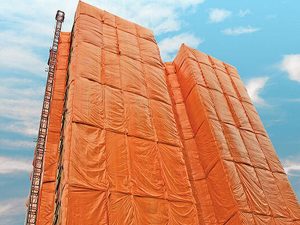
How to Choose the Right Shade Net Type
Material Quality
Material quality affects the strength and durability of Safety Nets. Teams select nets made from high-tensile nylon, polypropylene, or metal cables. These materials resist wear and tear, even in harsh conditions. Nets with UV protection last longer outdoors.
Mesh Size
Mesh size determines what the net can catch. Smaller mesh stops tiny debris, while larger mesh allows better airflow. OSHA standards guide the selection for different site needs. Teams match mesh size to the type of hazard present.
Load Capacity
Load capacity shows how much weight a net can hold. Teams check manufacturer ratings for each net. Nets for fall protection must support the weight of a person plus safety margins. Debris nets need to hold heavy tools and materials.
Environmental Resistance
Environmental resistance keeps nets working in tough weather. Nets with UV treatment resist sun damage. Water-resistant coatings protect against rain and moisture. Chemical-resistant nets work best in industrial zones.
Cost
Cost matters when choosing Safety Nets for a project. Higher-quality nets cost more but last longer and offer better protection. Teams balance budget with safety needs. Investing in durable nets reduces replacement costs over time.
Knitted vs Twisted vs Knotless vs Braided Nets
Different net constructions offer unique benefits. Knitted nets provide flexibility and good airflow. Twisted nets resist stretching and hold their shape. Knotless nets reduce snagging and improve safety. Braided nets offer extra strength for heavy loads.
| Net Type | Flexibility | Strength | Snag Resistance |
|---|---|---|---|
| Knitted | High | Medium | Medium |
| Twisted | Medium | High | Low |
| Knotless | Medium | Medium | High |
| Braided | Low | Very High | Medium |
Conclusion
Safety nets protect workers and pedestrians on construction sites. Debris netting catches falling materials, preventing injuries below. Anti-fall netting, also called personnel nets, stops workers from falling. Perimeter nets surround building edges to block objects or people from dropping. Scaffold nets attach to scaffolding, keeping tools and debris contained. Choosing the correct net type ensures site safety and regulatory compliance.
